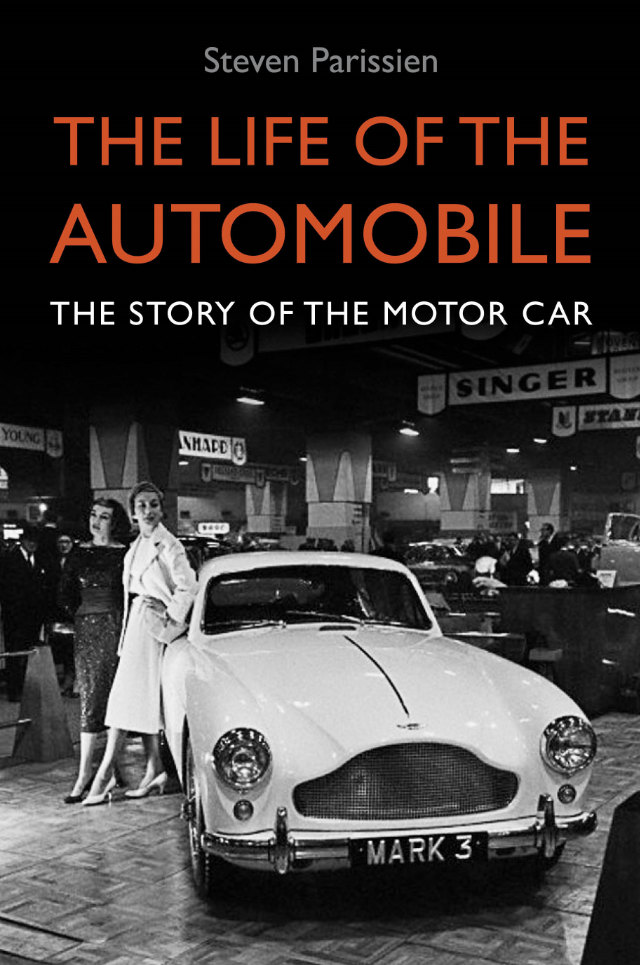
I bought Steven Parissien’s The Life of the Automobile: a New History of the Motor Car, which started off as a good history. I’m 300-odd pages in now and the mistakes are really worrying. There’s also a shocking lack of editing (one part repeated, albeit in different language, and spelling and grammatical mistakes) in the parts I’ve got to now; it’s as though the editor got tired after the first 10 chapters and stopped caring. But the biggest errors are factual.
I am astonished to learn, for instance, that Harley Earl was responsible for the concept of the Ford Thunderbird (p. 255), that Triumph TR7 production was transferred to Speke in 1982 (p. 293, though Parissien later contradicts himself with the correct fact), and that John Z. de Lorean was a protégé of Lee Iacocca (p. 309). I really have no idea how, but as far as I know, de Lorean was never at Ford, and he had a Chrysler stint long before Iacocca got there. I also never knew that ‘In 1968 the Toyota Corolla became the first Japanese car to be manufactured in the US’ (p. 314; that was the year it went on sale there, and from memory the Corolla didn’t get built there till the NUMMI deal in the 1980s) or that the Opel Ascona C was also sold as the Opel Vectra (p. 337). The Italian Job was released in 1969, not 1967 (p. 224).
I am frustrated with this book—and now it makes me wonder if the stuff earlier on, which I know less about, was accurate.
I can understand an editor not grasping the subject as well as the author but there is less excuse in professional publishing for the other problems. Maybe there are few professional proofreaders left, now that spellchecks have been around for a generation or more. I was prepared to recommend this book even a week ago and tolerated the spelling and grammar, but these factual mistakes are worse than what can be found in Wikipedia, and I often label parts of that site as fiction.
PS. (September 17): How much worse can it get, as I continued through? A lot.
On p. 320, we get an admission that Parissien was wrong on p. 314: the Honda Accord was the first Japanese-branded car to be made Stateside. At least an earlier error was corrected. But they begin again on p. 321: Parissien claims the V30 Toyota Camry dominated the US mid-size car market (it was never sold outside Japan; he’s thinking of the XV10, or the Japanese-market Scepter, which was badged Camry). Correcting his error on p. 322, the Camry was not specifically targeted at the US; it was Toyota’s attempt to create an efficient car from the ground up, and it was not done in 1980, but 1982 (the 1980 Celica Camry was not sold outside Japan). The Paykan deal was cemented long before George Turnbull got to Iran (p. 324), though local content rose in the 1970s for it to be truly Iranian-made and Parissien might mean the shifting of the engine tooling there, if I’m being generous. There is only one world, not multiple ones (also p. 324), unless Parissien knows something about parallel universes that the rest of us don’t. Surely Chrysler managed to launch its T-115 minivan (Dodge Caravan, Plymouth Voyager) before Renault launched the Espace (p. 330), and the Triumph Acclaim was never called the ‘Ronda’ (p. 334), though its successor was.
On p. 360, in a single paragraph, Parissien makes several errors. The MG 6 launched as a five-door car, not his claimed four. There is no such thing as the Roewe 150, in China or elsewhere. The MG 3 has five doors and is not a three-door counterpart to the 6. The five-door MG 6 launched not in 2011, but in 2010, and the Magnette name was only used in the UK for the four-door. The founder of Chrysler was Walter Chrysler, not Walther (p. 364). The Lancia Delta only became a Chrysler in the UK and Éire, as far as I know (p. 365), and remained a Lancia in most countries. The Belgian designer is Dirk van Braeckel, not van Braeckl (p. 368); Mercedes-Benz never bought an 18·53 per cent stake in Volkswagen (p. 369); and Citroën’s BX was not the last car in that range to have ‘pneumatic suspension’ (p. 372). The Malibu was not a Saturn, but a Chevrolet (p. 375), and Buick was never sold off (p. 376). The Ford Mondeo did not replace the Telstar in all Asian markets (p. 377), and it shared far more than the ‘windscreen, front doors and rear’ with the Contour and Mystique (in fact, the rear was not shared, though there were common engines, platform, and plenty more). It’s not entirely certain that the US market judged the Contour to be too small (p. 378), but there was a lack of marketing (which would have made an even better story than the one Parissien writes about). Ford subsequently filled the Contour’s niche with the smaller Focus Stateside. The CD338 Fusion was never sold in Australia (also p. 378). Ford never resurrected the Taunus in Germany under Alan Mulally (p. 381)—this invention is incredible. VAZ did follow up the 2101 with something similar after it ended production in 1983 (not 1984, p. 382), viz. the 2105, which was about as similar as one could get to the 2101.
On p. 384, Parissien claims Acura’s Legend sales were ‘disappointing’, after saying they were ‘beginning to sell rather well’ 50 pp. before. The Hindustan Ambassador was not based on the 1954 Morris Oxford (p. 389): that car was actually the Hindusthan Landmaster. The Ambassador was based on the 1957 Morris Oxford III, and was in production from 1959, not 1958. The Red Flag (or Hongqi) marque was not reborn on an Audi A6 (p. 391), but the marque had been used on a version of the Audi 100 C3 from 1988, and no Hongqi bore an Audi–Chrysler–Hongqi brand name. The Chinese company is Dongfeng, not Dongfen (p. 391), and Parissien’s claim that the Everus was sold in the west (p. 392) is news to me, as I am sure it is to its own management. I’ll stop there for now.
P.PS. (September 18): Some bedtime reading, or should I say error-finding, last night. On p. 394, Toyota and Aston Martin did not jointly develop the Cygnet: Toyota developed the IQ in 2008, and Aston Martin converted that car to become its Cygnet, and ‘hot hatch’ is a very optimistic description for a city car. Toyota did not launch the Cygnet in 2008 as Parissien claims, nor did it have a say in what customers were expected to purchase the Cygnet: it was aimed specifically at existing Aston Martin owners, not ‘Toyota and Aston expected initial demand to be limited to those who already owned an Aston Martin sports car.’ It was certainly no ‘eccentric experiment’ of Toyota, but of Aston Martin. Volvo never made a model called the A40 (p. 395), and I bet Nissan is surprised to find that the original Qashqai was designed ‘at the firm’s Milan design centre’ (p. 397) when it was designed in London. Maserati never launched a Jeep-based SUV called the Kubang (p. 397), but it did have a concept of that name, and the Levante appeared in 2016 after the book was published. There is no such car as the Porsche Cajun, and if Parissien refers to the smaller Porsche crossover, then that is called the Macan, and it has five doors, not the claimed three (p. 397). The Volkswagen New Beetle was not on a Polo platform (p. 399), but a Golf one, as was its successor (though a newer Golf); and Ford would dispute that its Mustang is a sedan (p. 401). If J Mays’s first name is J (as footnoted), then there is no need to refer to him as ‘J. Mays’ (p. 401). The Ford Ka’s name is not derived from StreetKa (p. 402): that was a model spun off from the Ka in 2002; and some would regard the Mk II model was being superior to the Fiat 500 on which it is based (especially as Fiat adopted some of the changes for its own model). I have yet to see a Smart with a Mercedes-Benz three-pointed star or marque anywhere, unlike Parissien who seems to think they are badged Mercedes (p. 403), and a Smart SUV does not exist unless Parissien is reporting again from his parallel universe (p. 403). There is also no such car as the Kia Exclusive (p. 410).
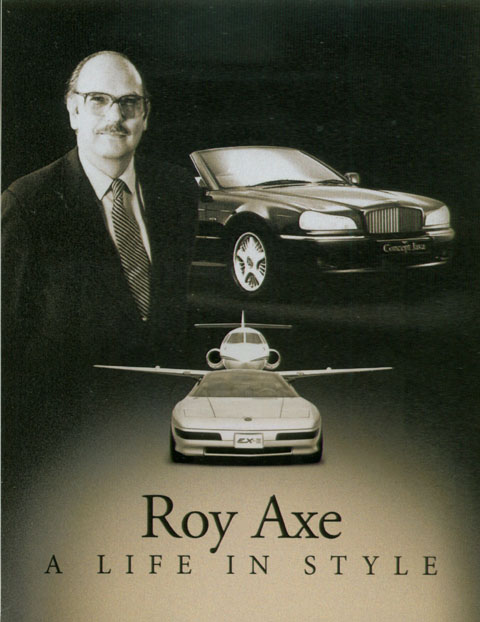
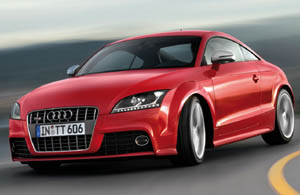
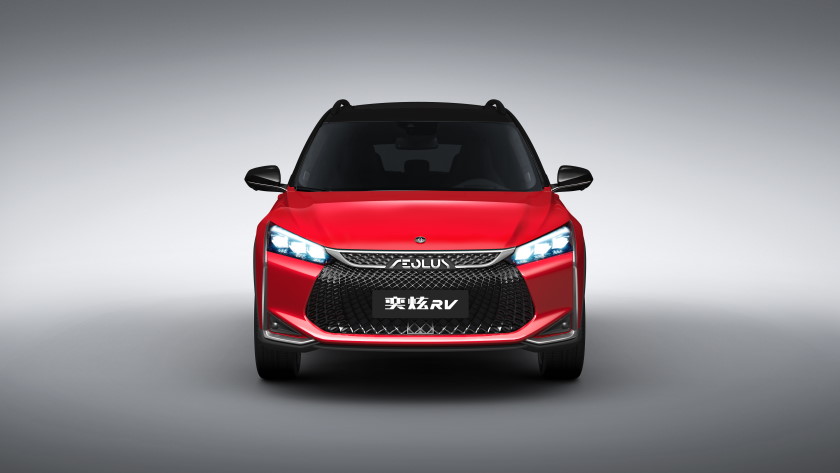
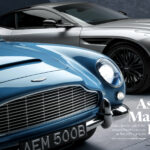
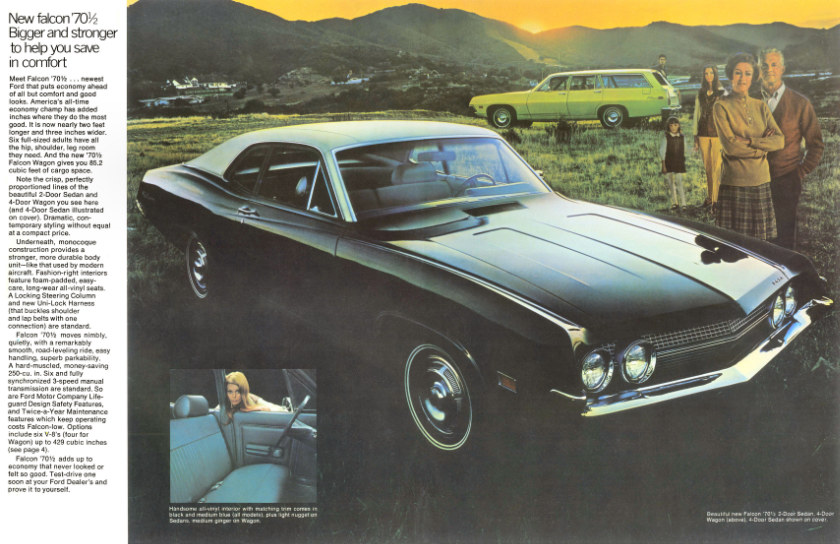
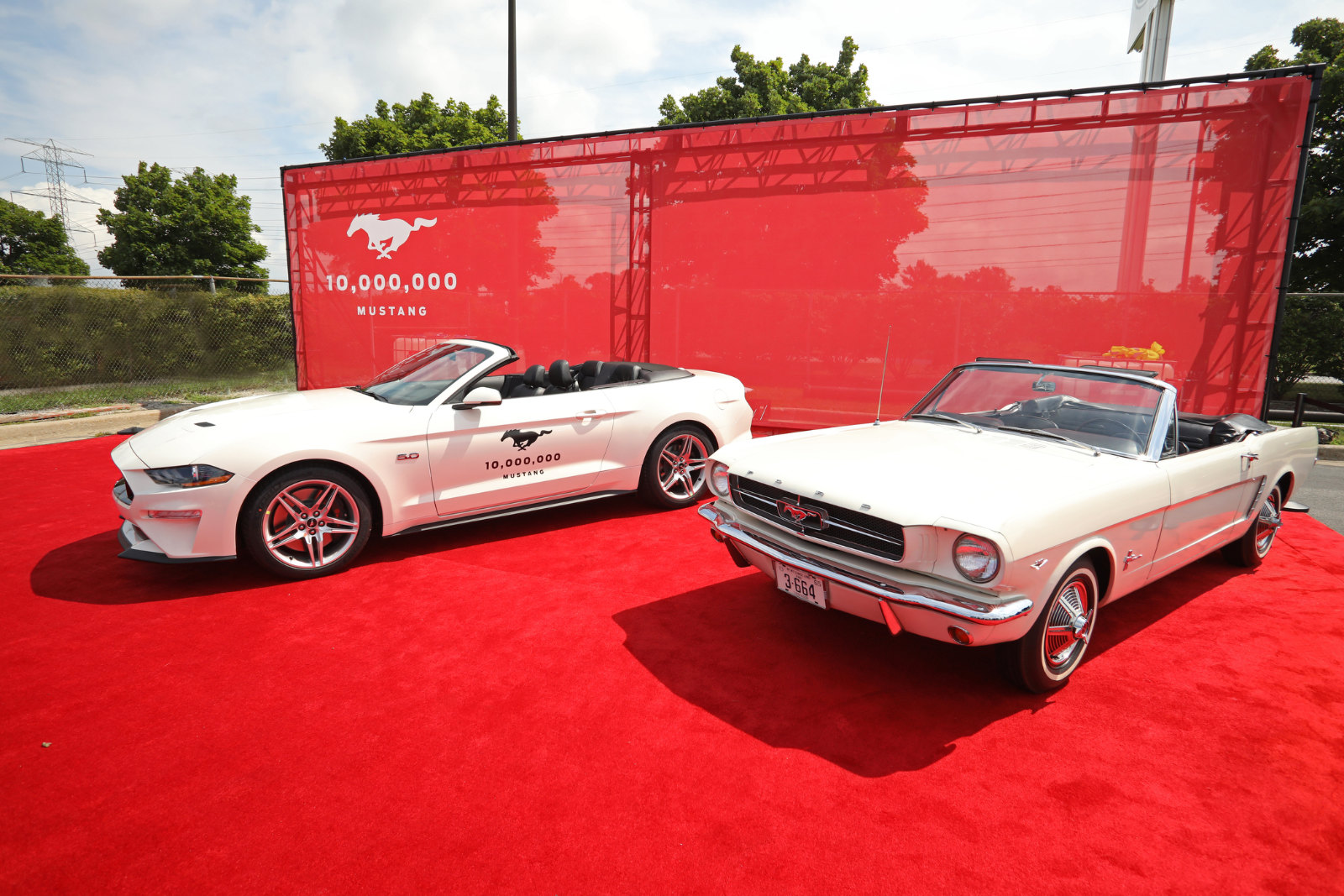
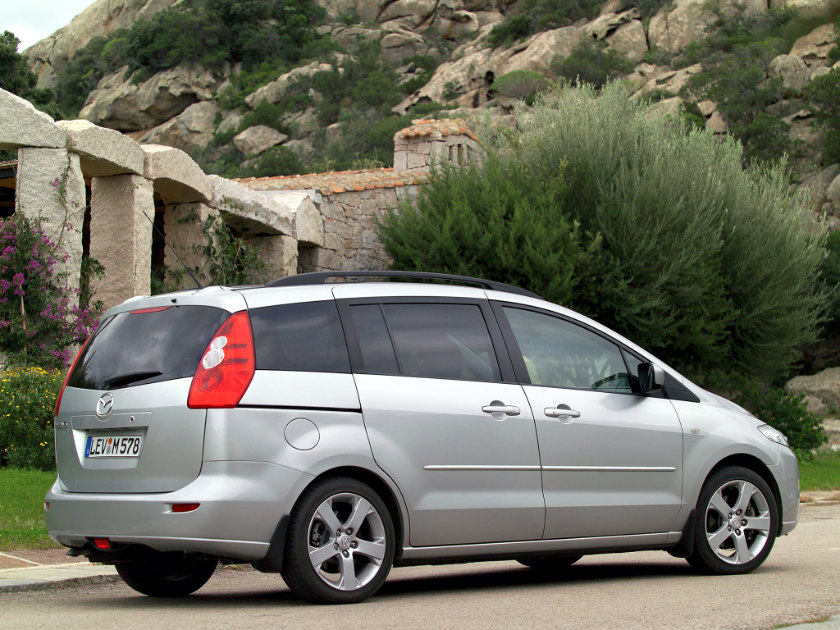
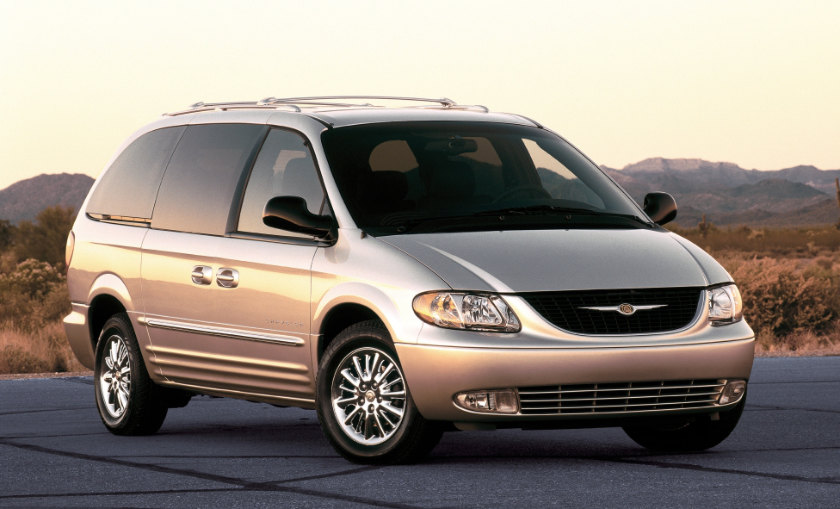
One thought on “Fun for car anoraks—till you get to the factual errors”